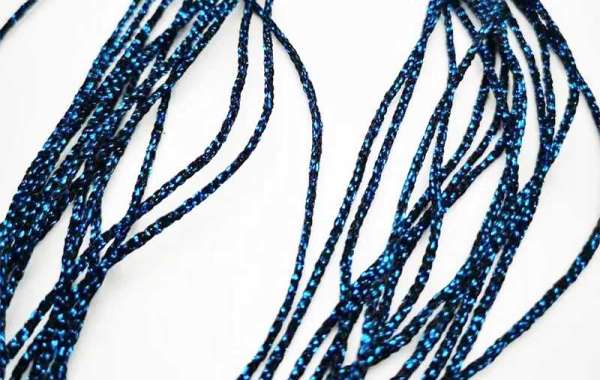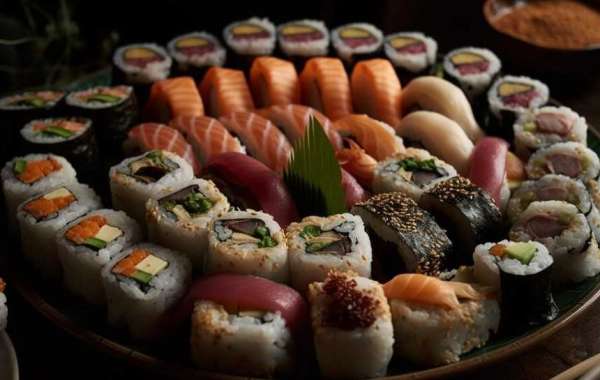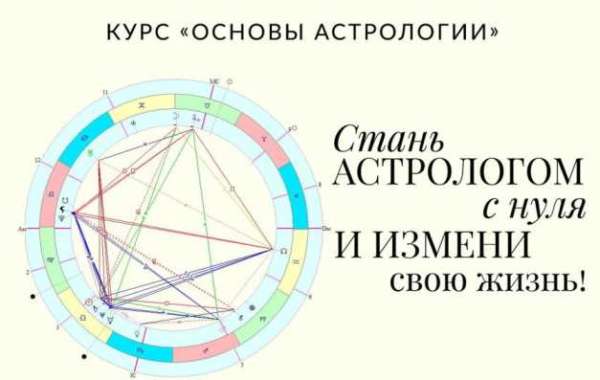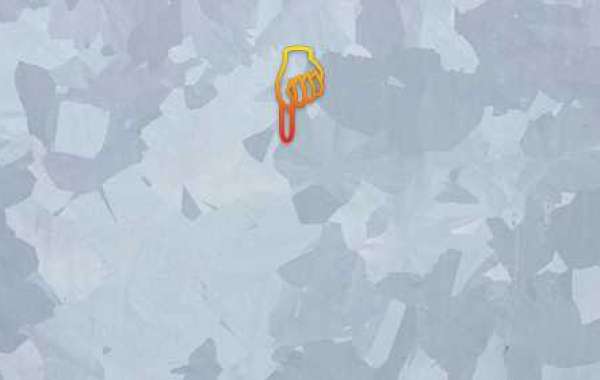Fully Drawn Yarn is a high-elasticity, high-strength fiber, widely used in clothing, sports equipment, medical equipment and other fields. The production process involves many links and requires fine craftsmanship and equipment. Futureyarn will introduce the production process of Fully Drawn Yarn.
Fully Drawn Yarn is a highly elastic yarn made of synthetic fibers such as polyester and nylon, and its modulus of elasticity can reach 5-8 times. Fully Drawn Yarn has a high modulus of elasticity, can quickly return to its original shape after being stretched, and has good resilience. High strength, able to withstand greater tension and pressure, not easy to break. Lightweight and soft to the touch, it is suitable for intimate apparel and sports gear.
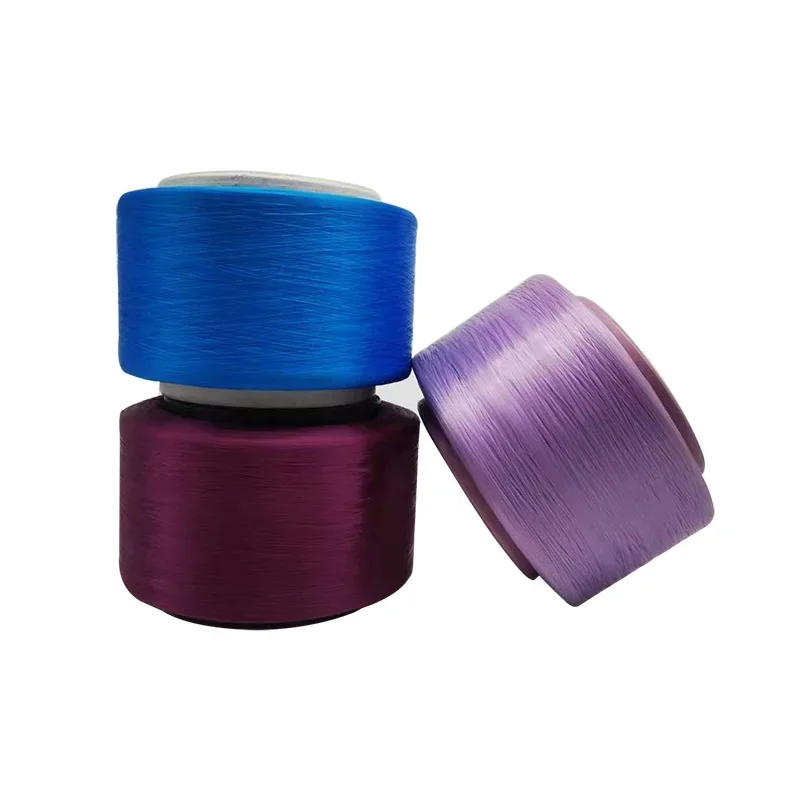
The Making Process of Fully Drawn Yarn
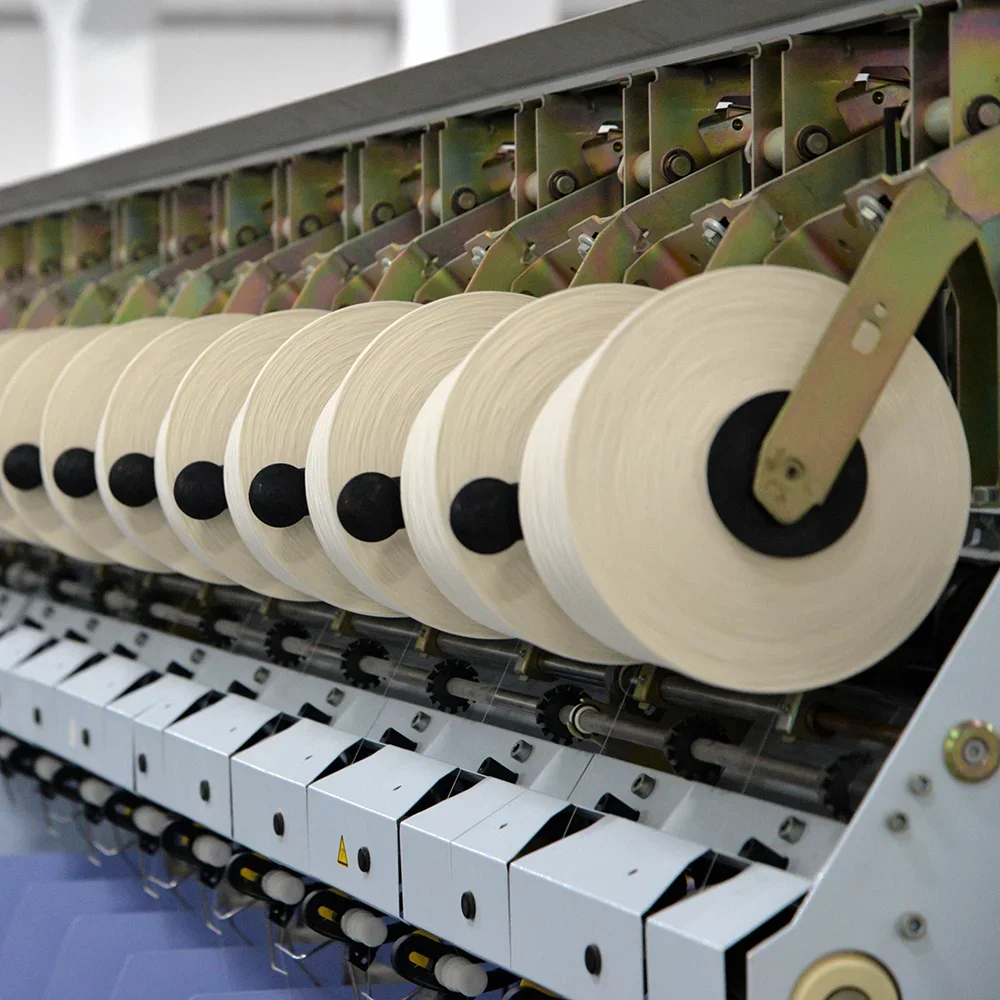
The production process of Fully Drawn Yarn includes the selection of fiber raw materials, spinning, stretching, twisting and other links.
1. Selection of fiber raw materials
The raw materials of Fully Drawn Yarn are mainly synthetic fibers such as polyester and nylon. These fibers have good elasticity and strength and are suitable for making highly elastic yarns.
2. Spinning
Spinning is the process of converting raw fiber into yarn. The spinning process of Fully Drawn Yarn is similar to that of ordinary yarn, but the elasticity and strength of the yarn need to be well controlled to ensure the quality of the final product.
3. Stretch
Stretching is the most critical link in the production process of Fully Drawn Yarn. During the stretching process, the yarn is stretched to a certain extent, so that the crystallinity between its fibers increases, thereby improving the strength and elasticity of the yarn. The stretching process needs to control the stretching speed, stretching ratio and other parameters to ensure the quality of the yarn.
4. Twisting
Twisting is the process of twisting two or more strands of yarn into one strand. The twisting process of Fully Drawn Yarn needs to control the twist and twist direction to ensure the strength and elasticity of the yarn.
Related products: https://www.futureyarn.com/For-Weaving1
